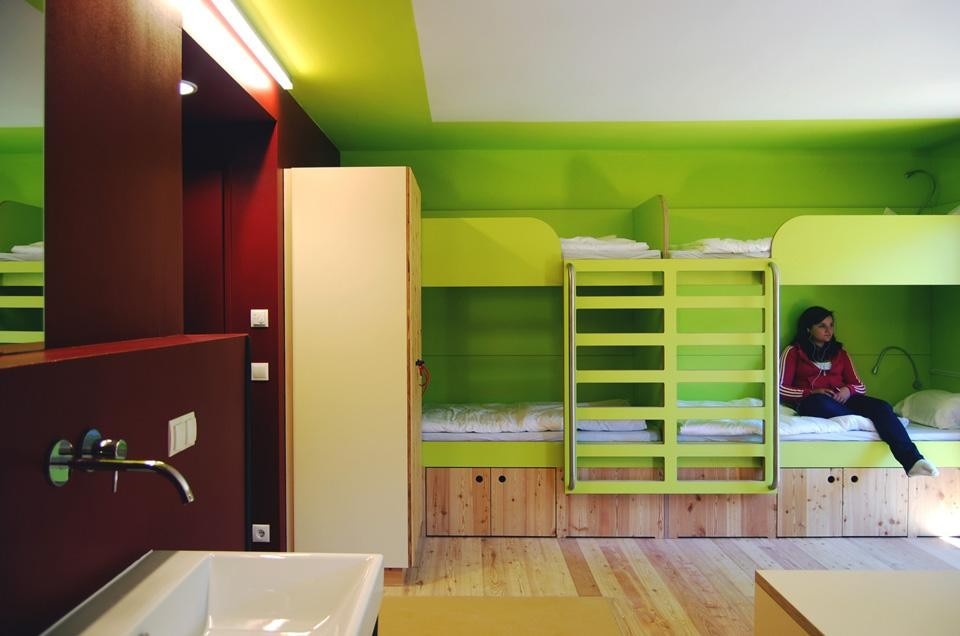LAVA has set new precedents for future hostel guests with: Multi-purpose areas, previously unknown in this type of accommodation; Authentic spatial features based on the location and the transformation of an historic building; Built-in furniture and integrated storage avoids the barracks-style appearance of the typical youth hostel; The space is organised into visually coherent zones, with just a few key interventions. Recent developments in the hotel sector reveal an increasing trend towards the 5-star luxury segment on one hand, and on the other, the growing appeal of the individually designed basic hotel. LAVA's study found that the success of these hotel typologies in urban areas is based on a return to simple yet clearly defined concepts, combined with quality elements, materials, and furniture with spaces that stimulate activity, group interaction, and a sense of community.
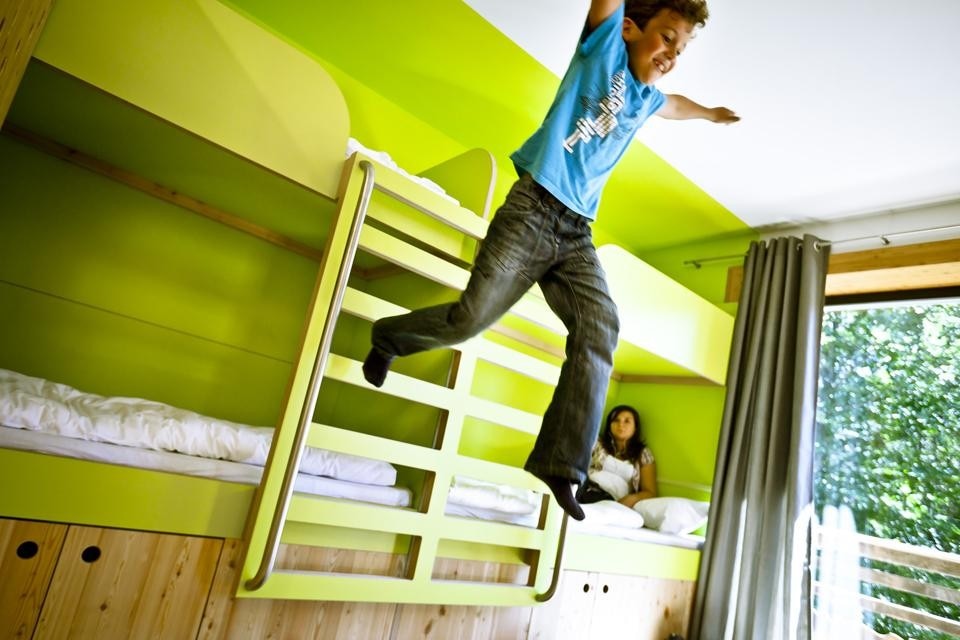
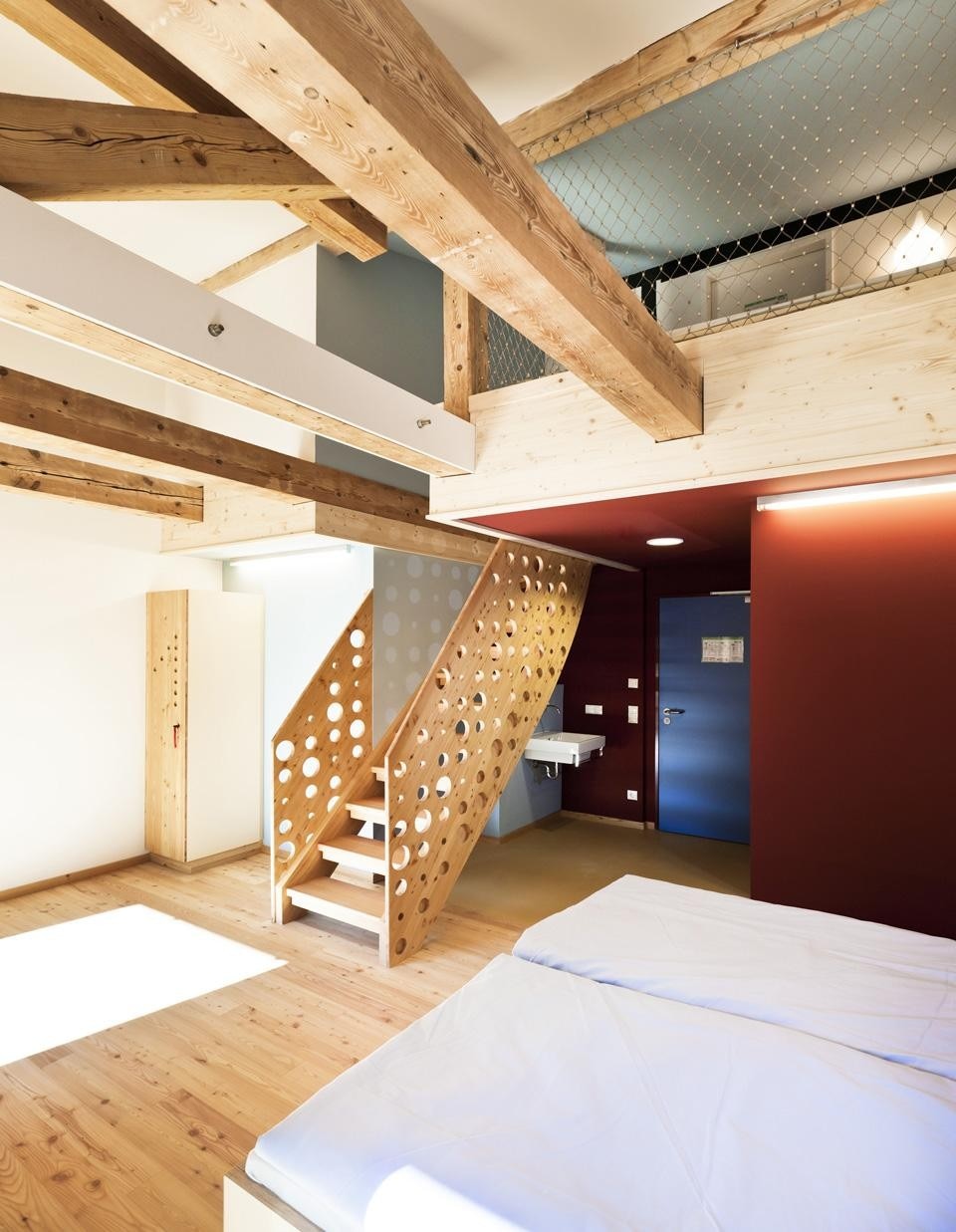
The core experience is that of authenticity and simplicity within the hostel
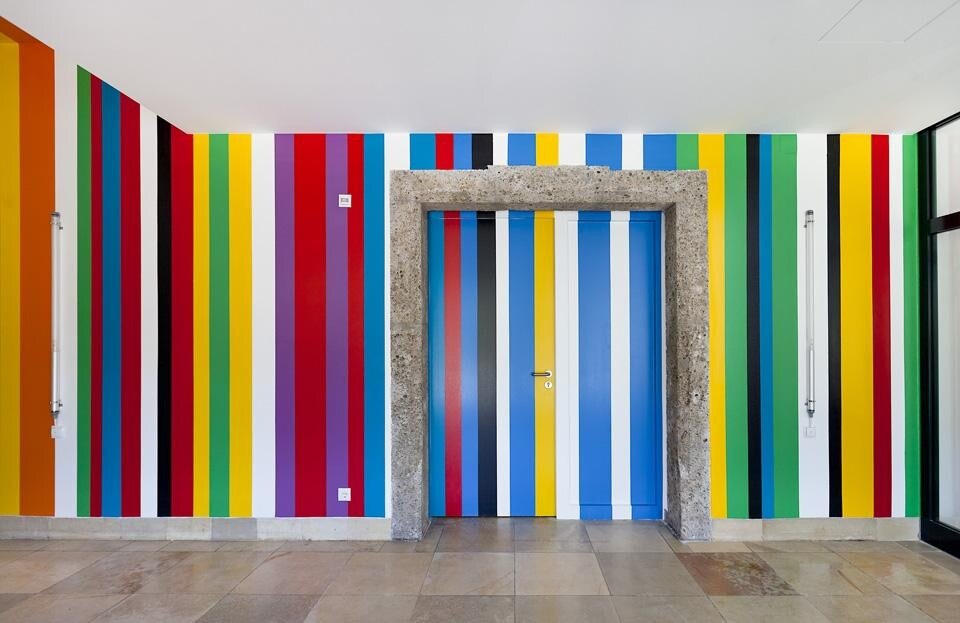
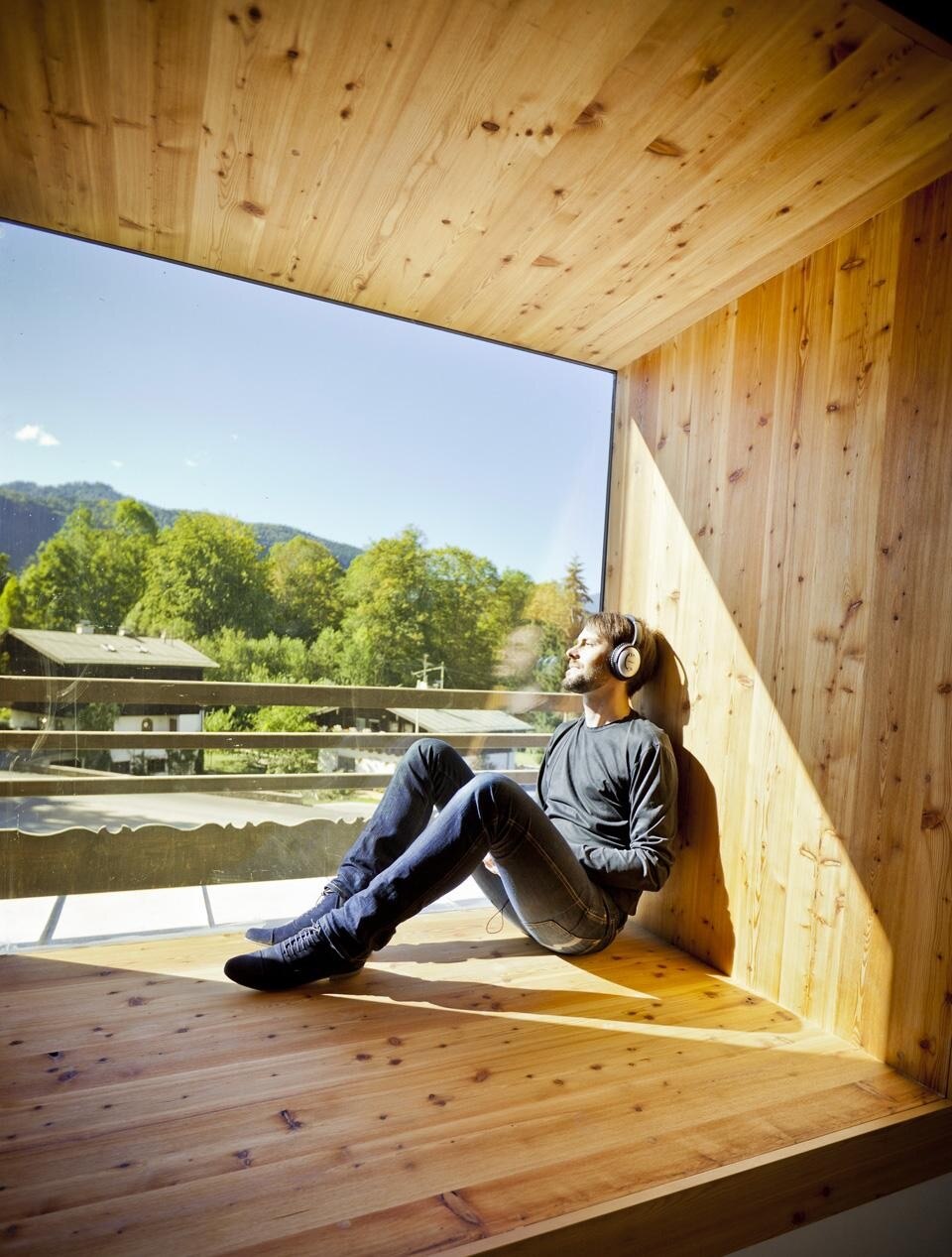
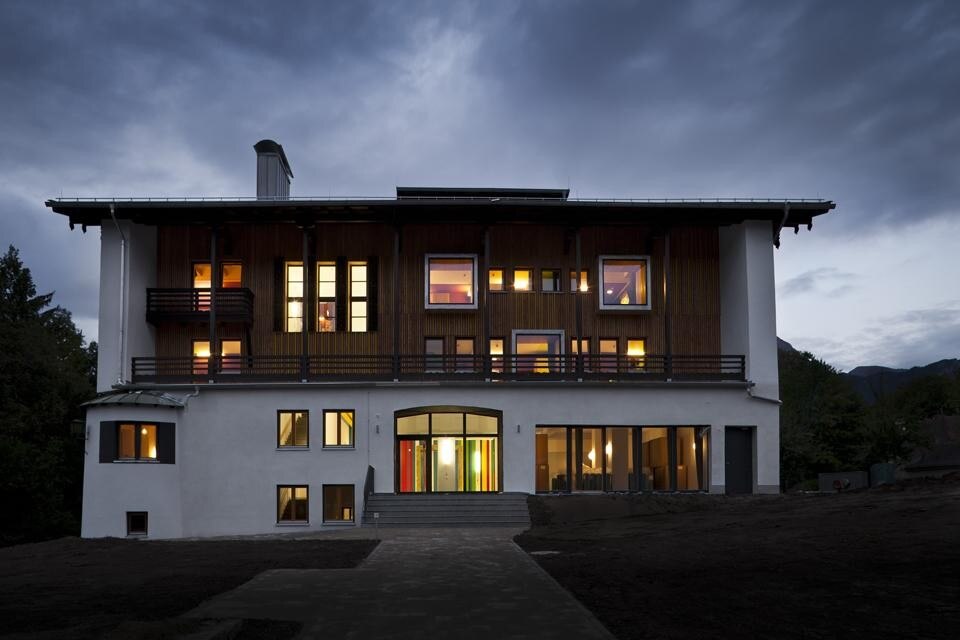
Tender/Costing: Wenzel + Wenzel Architekten, Stuttgart/München
Construction Site Management: Schulze Dinter Architekten, Berchtesgaden Civil Engineering Zahn Ingenieurgesellschaft mbH, Traunreut
Technical Project Manager: PGT Planungsgruppe Technik, Prien am Chiemsee Heating, Ventilation, Sanitary Ludwig Ingenieurgesellschaft für Technische Gebäudeausrüstung mbH, Traunstein
Fire Protection: Ingenieurbüro Kade, Eichenau
Health and Safety: Dipl.- Ing (FH) Baumann; Ingenieurbüro für Bauwesen, Bad Reichenhall


